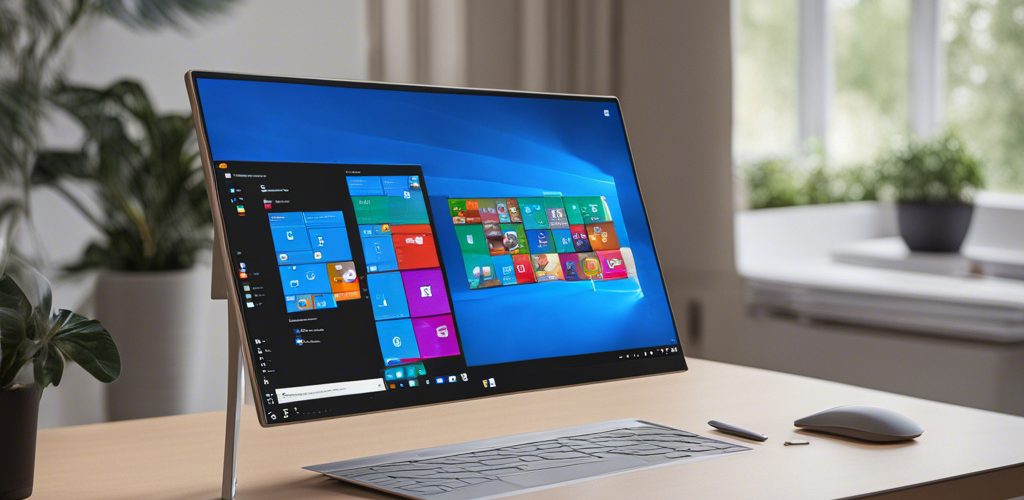Understanding the “Update and Shut Down” Function: A Microsoft Dilemma
For many Windows users, the “Update and Shut Down” feature has become a familiar frustration. When you attempt to shut down your PC after updates, all too often, the computer restarts instead, prompting an array of emotions ranging from annoyance to confusion. This recurring issue has resulted in a considerable outcry in various online forums, particularly on platforms like Reddit, where countless users share their grievances and seek answers. So, why hasn’t Microsoft resolved this quirk in its operating system?
Firstly, it’s essential to understand the fundamental purpose of the “Update and Shut Down” function. In theory, it is designed to streamline the update process by installing essential updates before powering off the device. This function aims to ensure that users do not miss critical security fixes or feature enhancements that could protect their systems and improve their overall computing experience. However, the outcome often differs from the intended purpose.
One potential reason for this persistent issue lies in the complexity of the Windows operating system itself. Microsoft Windows manages a multitude of processes and services, and the interplay between these can occasionally lead to unexpected behavior. When an update is initiated, Windows checks various system states, and if it deems that the update requires a restart for successful installation, it proceeds with that action. Unfortunately, this decision can override user intentions to simply shut down the system, resulting in an apparent lack of control for the user.
Moreover, there is an inherent challenge in communication and expectation management. The terminology “Update and Shut Down” may mislead users into thinking that their computers will power off after the updates are successfully applied. However, it might be more accurate to describe this function as “Perform Updates and Restart.” This lack of clarity can undoubtedly contribute to user dissatisfaction, as many believe their explicit command to shut down should take precedence over Windows’ update protocols.
Another element to consider is Microsoft’s prioritization of user security and system integrity. In today’s digital landscape, cyber threats are ever-present, and failure to implement updates promptly can leave systems vulnerable. The design of the “Update and Shut Down” function may reflect an effort to minimize the window of exposure by ensuring that updates are applied as soon as possible, even if it means ignoring the user’s desire to turn off the system temporarily.
Additionally, various updates can impact systems differently due to differing hardware configurations, software setups, and other variables. What works well for one user may cause issues for another, making universal fixes particularly challenging. Each update is an intricate orchestration intended to harmonize myriad system components, and it’s possible that addressing one problem could inadvertently create another.
Finally, it’s worth noting that continuous user feedback plays a vital role in the evolution of Windows. While the “Update and Shut Down” feature may not perfectly meet user expectations at present, Microsoft actively monitors user experiences and complaints. As public sentiment becomes increasingly evident through forums and support channels, it’s likely that the company will explore adjustments in future updates.
In conclusion, the frustration surrounding the “Update and Shut Down” function embodies a common challenge faced by users and developers alike. While it may not offer the immediate solutions many hope for, understanding the underlying reasons can help mitigate disappointment as we await future adjustments from Microsoft. After all, user feedback is a powerful catalyst for change in the tech industry.





Add comment